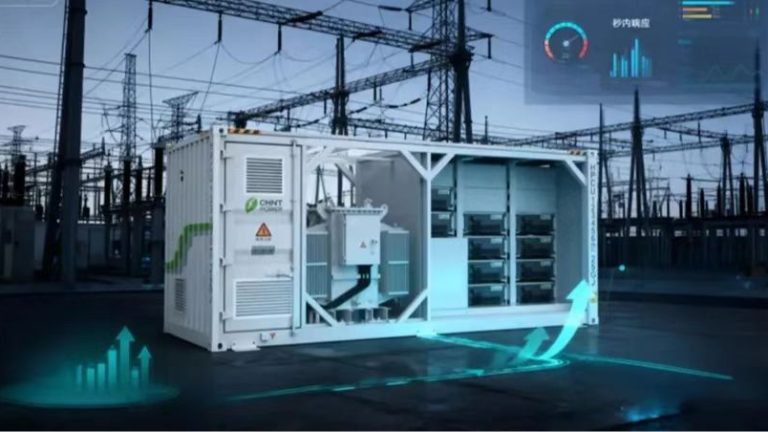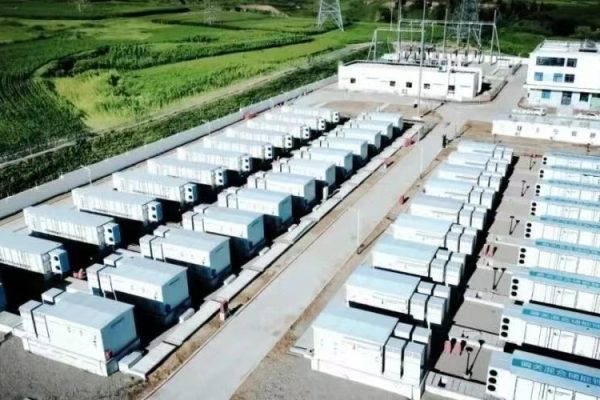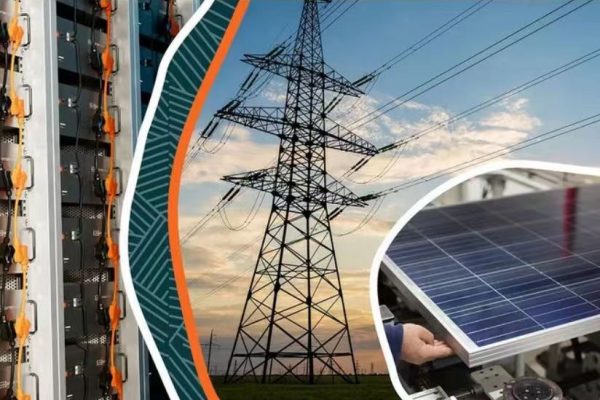As energy storage systems (ESS) become more prevalent in residential, commercial, and industrial applications, a critical component often overlooked by buyers is the Power Conversion System (PCS). For advanced ESS setups, a hybrid PCS can deliver significant advantages, combining solar, battery, and grid management in one integrated solution.
This article explains what a hybrid PCS is, its key features, use cases, and considerations for selecting the right system.
1. Understanding a Hybrid PCS
1.1 What Does PCS Stand For?
PCS stands for Power Conversion System, the component that converts DC electricity from batteries or PV arrays into AC electricity for use by loads or the grid. It also works in reverse to charge batteries from AC sources.
1.2 What Makes a PCS “Hybrid”?
A hybrid PCS combines the functionality of:
- Battery inverter/charger
- Grid-tied inverter
- Solar PV inverter (optional)
Essentially, a hybrid PCS can manage:
- PV input from solar panels
- Battery charging and discharging
- Grid interaction (import/export, peak shaving)
⚡ Result: One device manages multiple energy flows, simplifying system design.
2. Core Functions of a Hybrid PCS
2.1 Battery Charging and Discharging
- Converts AC or DC input to charge the battery efficiently
- Controls depth of discharge and charge current
- Ensures battery safety and longevity
2.2 Grid Interaction
- Imports power from the grid when PV/battery is insufficient
- Exports excess energy to the grid (where allowed)
- Performs peak shaving or demand response
2.3 PV Integration
- Connects directly to solar arrays
- Maximum Power Point Tracking (MPPT) optimizes PV energy capture
- Synchronizes DC/AC conversion to supply loads and charge batteries
2.4 Load Management
- Monitors critical vs. non-critical loads
- Automatically shifts energy usage between PV, battery, and grid
- Supports time-of-use optimization for cost savings
3. Advantages of a Hybrid PCS
| Advantage | Explanation |
|---|---|
| Simplified Design | Combines inverter, battery charger, and grid interface in one unit |
| Space-Saving | Reduces cabinet size and wiring complexity |
| Cost-Efficient | Fewer devices, reduced installation labor |
| Flexible Operation | Supports off-grid, grid-tied, or hybrid modes |
| Improved Monitoring | Single EMS interface for PV, battery, and grid |
4. When Should You Use a Hybrid PCS?
4.1 Residential PV + Storage
- Homes with rooftop PV and battery backup
- Goal: maximize self-consumption, reduce grid dependency
- Example: 10 kW hybrid PCS managing 20 kWh LiFePO₄ battery and 8 kW PV array
4.2 Commercial Buildings
- Small offices, shops, or factories with variable load profiles
- Goal: peak shaving, demand charge reduction
- Example: 30 kW hybrid PCS controlling multiple three-phase loads and 50 kWh battery
4.3 Off-Grid or Microgrid Sites
- Remote sites without reliable grid supply
- Hybrid PCS can manage solar, battery, and backup generator seamlessly
- Example: Telecom tower using hybrid PCS for PV + battery + generator integration
4.4 EV Charging Stations
- Fast-charging stations with on-site PV and battery
- Hybrid PCS balances load between grid and energy storage, avoiding high demand charges
5. Key Specifications to Consider
When selecting a hybrid PCS, focus on:
| Specification | Importance |
|---|---|
| Rated Power (kW) | Must exceed peak load, consider surge if motors or pumps involved |
| Battery Voltage & Type | Compatible with LiFePO₄, NMC, or other chemistries |
| PV Input Voltage & Power | MPPT input voltage range must match PV array |
| Grid Compatibility | Single-phase or three-phase, voltage and frequency standards |
| Efficiency | Round-trip efficiency affects battery usage and savings |
| Communication Protocols | Supports EMS, BMS, SCADA, or cloud monitoring |
| Safety Features | Anti-islanding, overcurrent, short-circuit, thermal protection |
6. Hybrid PCS vs. Separate Inverters
| Feature | Hybrid PCS | Separate Devices |
|---|---|---|
| Installation Complexity | Low | High, requires multiple connections |
| Footprint | Smaller | Larger |
| Cost | Moderate upfront | Higher upfront (multiple devices) |
| Scalability | Limited by PCS capacity | More flexible with additional inverters/batteries |
| Maintenance | Single point of monitoring | Multiple devices to manage |
⚠️ Hybrid PCS simplifies smaller systems, while large commercial setups may benefit from modular separate inverters for easier scaling.
7. Real-World Application Example
Project: Small factory in Southeast Asia
- Load: 25 kW peak, 60 kWh daily consumption
- PV: 20 kW rooftop array
- Battery: 50 kWh LiFePO₄
- Solution: 30 kW three-phase hybrid PCS managing PV, battery, and grid
Outcome:
- Peak shaving reduced grid demand charges by 25%
- Single device reduced installation complexity
- EMS enabled real-time monitoring and alerts
8. Installation and Operational Tips
- Pre-Wired Cabinets: Simplify wiring for PV, battery, and grid connections
- Proper Ventilation: Hybrid PCS generates heat during operation
- Surge Protection: Especially important for industrial loads
- Firmware & EMS Updates: Ensure latest features and safety controls
- BMS Integration: Synchronize PCS with battery management system for safety
9. Future Trends in Hybrid PCS
- Higher Power Density: Smaller footprint for commercial and residential systems
- Integrated AI EMS: Predictive energy management based on load and weather data
- Vehicle-to-Grid (V2G) Capability: Manage EV integration with hybrid PCS
- Pre-Wired Modular Solutions: Rapid deployment for rural or industrial applications
🔋 Hybrid PCS is evolving to become a central hub for energy management across PV, battery, grid, and EV loads.
A hybrid PCS is a versatile device that integrates solar, battery, and grid functions, simplifying installation and operation while improving efficiency.
Key Takeaways:
- Hybrid PCS = inverter + battery charger + grid interface in one
- Ideal for residential PV + storage, commercial peak shaving, off-grid systems, and EV stations
- Pay attention to power rating, battery compatibility, PV input, safety features, and communication
- Simplifies installation and reduces footprint compared to separate devices
By choosing the right hybrid PCS, users can maximize self-consumption, reduce costs, and ensure safe, reliable energy storage operation.









